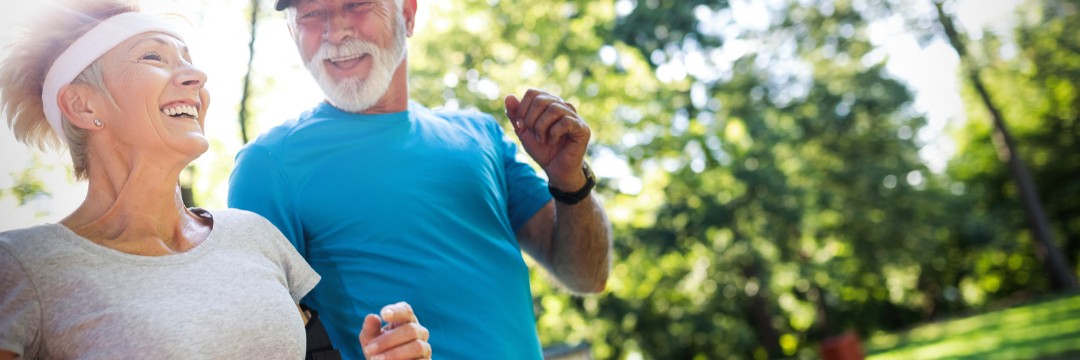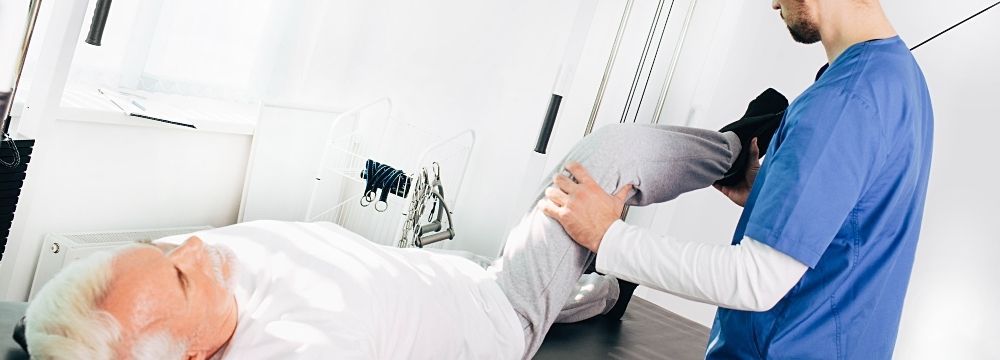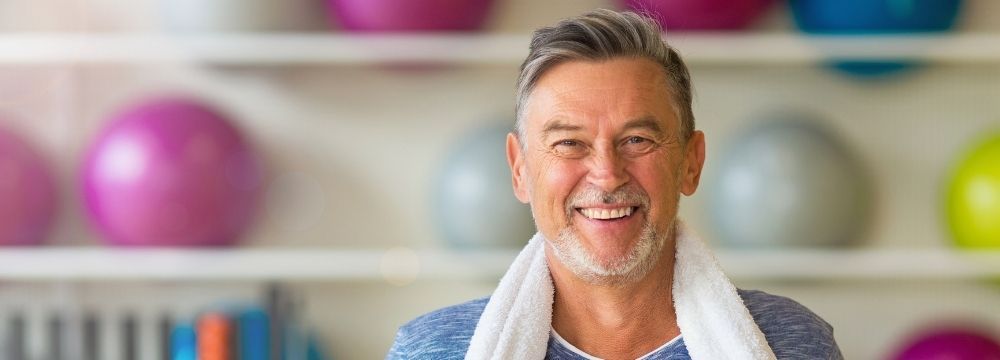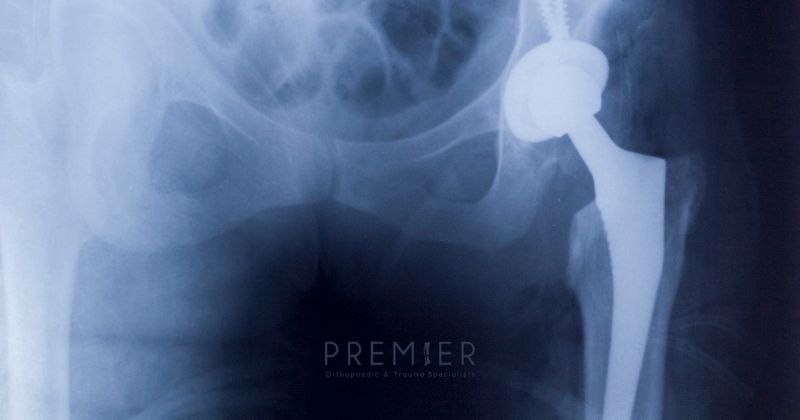
Most of us don’t leap out of bed ready to bust out yoga poses or do ankle circles while brushing our teeth. And yet, small, intentional movements are precisely what our bodies need to maintain strength and mobility.
Healthy muscle tone and flexibility enhance mobility, allowing you to move through your day with greater ease. It impacts the simplest of daily activities, such as walking, reaching, bending, turning your head, and getting in and out of a chair.
Overhauling your lifestyle isn’t necessary to improve your mobility. Making consistent and straightforward changes to your daily habits can go a long way in maintaining your joint health, keeping your muscles active, and ensuring your movements are fluid.
Here’s what we recommend:
Move Frequently
You’ve probably heard “sitting is the new smoking.” One study found that sitting more than 8 hours a day without physical activity carries a risk similar to smoking or obesity.1 Staying in one position too long, especially seated, slows your circulation, tightens your muscles, and leaves your joints feeling like rusted hinges.
Underrated as it may seem, walking boosts circulation, eases joint stiffness, and gives your brain a mental reset without requiring gear, memberships, or coordination. If your job or lifestyle keeps you grounded, consider “snack walks” – instead of snacking in between meals at your desk, take a quick stroll.
Quick fix: Set a timer or use a movement app to nudge you throughout the day. Stand, stretch, wiggle, pace, it doesn’t have to be intense. Two minutes here and 5 minutes there add up.
Microbreaks Matter
Whether you have a regular exercise regimen or not, taking short breaks (even just 2–5 minutes) to stretch, stand, or walk around can reset your posture and reawaken sleepy muscles. Try shoulder rolls while waiting for coffee, neck rotations after a Zoom call, or a quick walk around the block before lunch. These maintenance movements help reset your posture, ease muscle tension, and prevent the stiffness that builds up when you stay in one position for too long.
Good to Know: Don’t wait until you’re stiff or sore. Be proactive by engaging in regular, small doses of physical activity.
Simple Stretching
Basic stretches work wonders when performed consistently. Shoulder rolls can loosen the tension that builds up from hunching over devices; hamstring stretches help counteract the tightness that comes from long periods of sitting; and neck rotations can relieve stiffness and improve mobility after staring at screens for hours.
Body Bonus: Stretching stimulates your parasympathetic nervous system, the part responsible for rest, which is why even a short stretching session can leave you feeling calmer and more focused.
Joints in Motion
Keep your joints nourished and reduce your risk of injury with gentle mobility exercises. Start small with ankle circles while brushing your teeth, wrist rolls between tasks, or hip openers before bed. They may not look like much, but they do a lot behind the scenes.
Strong joints support smoother movement, better balance, and less discomfort during everyday activities. As we age, joint cartilage naturally wears down, but regular, low-impact movement helps deliver nutrients to that cartilage and keeps the surrounding muscles engaged and supportive. When joints are neglected, stiffness and pain tend to develop, making even simple motions more difficult over time.
Fun fact: Synovial fluid, your joints’ natural lubricant, flows more freely when you move, which is one reason your body feels less creaky after warming up.
Sedentary Switch Up
If you spend most of your day at a desk, consider adjusting the ergonomics of your workspace – a keyboard upgrade, a new office chair, or even a stand-up desk can help improve blood circulation, joint health, and reduce muscle stiffness. If your office budget can’t accommodate new office equipment, try alternating between sitting and standing throughout the day. You can also prop your laptop up on books to create a standing station or simply adjust your chair height for better alignment.
New Rule: The best posture is your next posture. In other words, don’t stay in one position too long – shift around to keep your body engaged.
Listen to Your Body
Some days your body feels ready to move, and other days it needs more rest or gentle care. Paying attention to those signals helps you move more intentionally and avoid overdoing it. You can meet your body’s needs while also being mindful of its limits. If you have tight hips, try a few slow lunges to stretch them out. Sore back? Go for a short walk. Feeling drained? Lie on the floor, knees bent, and breathe deeply.
Keep in Mind: Work with your body. Don’t force yourself into a routine that doesn’t fit how you feel, but also make sure to maintain a sense of self-discipline.
Try New Things
Try out new mobility-oriented activities: yoga builds flexibility and muscle control, while tai chi promotes joint health and coordination. Guided physical therapy routines are customized exercises that focus on functional movement. You only need 10 minutes, a few times a week, to notice the difference.
Pro tip: If something feels stiff or “stuck,” don’t force it – start slow and gradually increase your range of movement as your body allows.
Form New Habits
Yes, it’s easier said than done. But it is doable. Just like taking a new vitamin or learning a new skill, incorporating a new habit into your daily activities takes time. Adding physical activity to improve mobility is no different. It works best when it becomes part of your daily routine, much like brushing your teeth or walking your dog, taking calls while walking around the house, stretching during commercial breaks, or doing a few squats.
The Goal: Make movement automatic. When it becomes part of your daily rhythm, your body stays more mobile without you having to think too hard about it.
Small actions equal significant results. Whether you’re managing stiffness, recovering from an injury, or simply want to feel more at ease in your body, being intentional about movement is a smart step forward.
At Premier Orthopaedic and Trauma Specialists, we’re here to support you every step of the way. If joint pain, tightness, or limited mobility are holding you back, our team of specialists can help you develop a personalized plan tailored to your specific needs. Schedule a consultation today and take the first step toward moving with confidence.
Mobility starts with consistent movement, and your body will thank you!
- Heart Research Institute. (2025). Inactivity and a sedentary lifestyle. Heart Research Institute UK. https://www.hriuk.org/health/learn/risk-factors/inactivity-and-a-sedentary-lifestyle.









